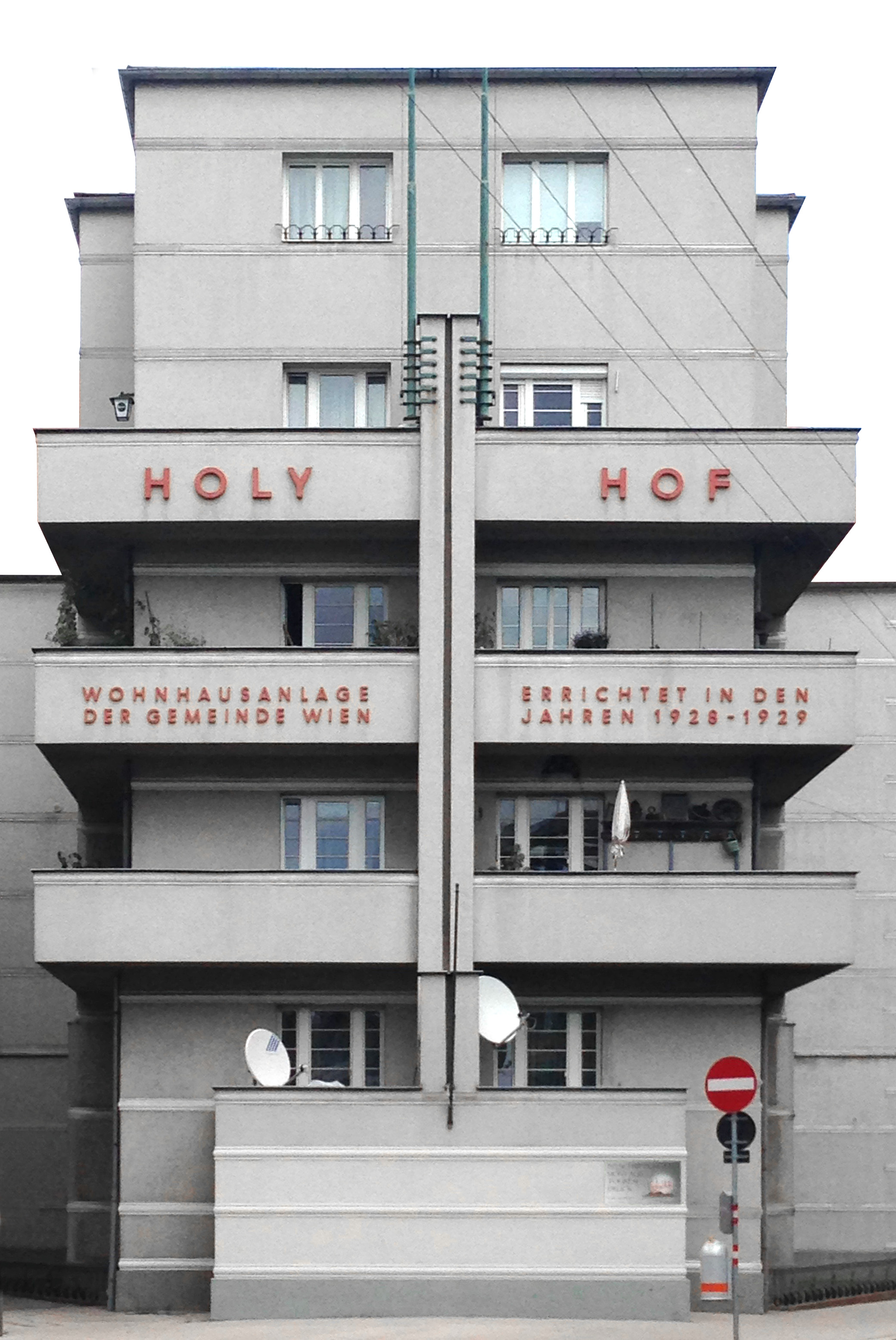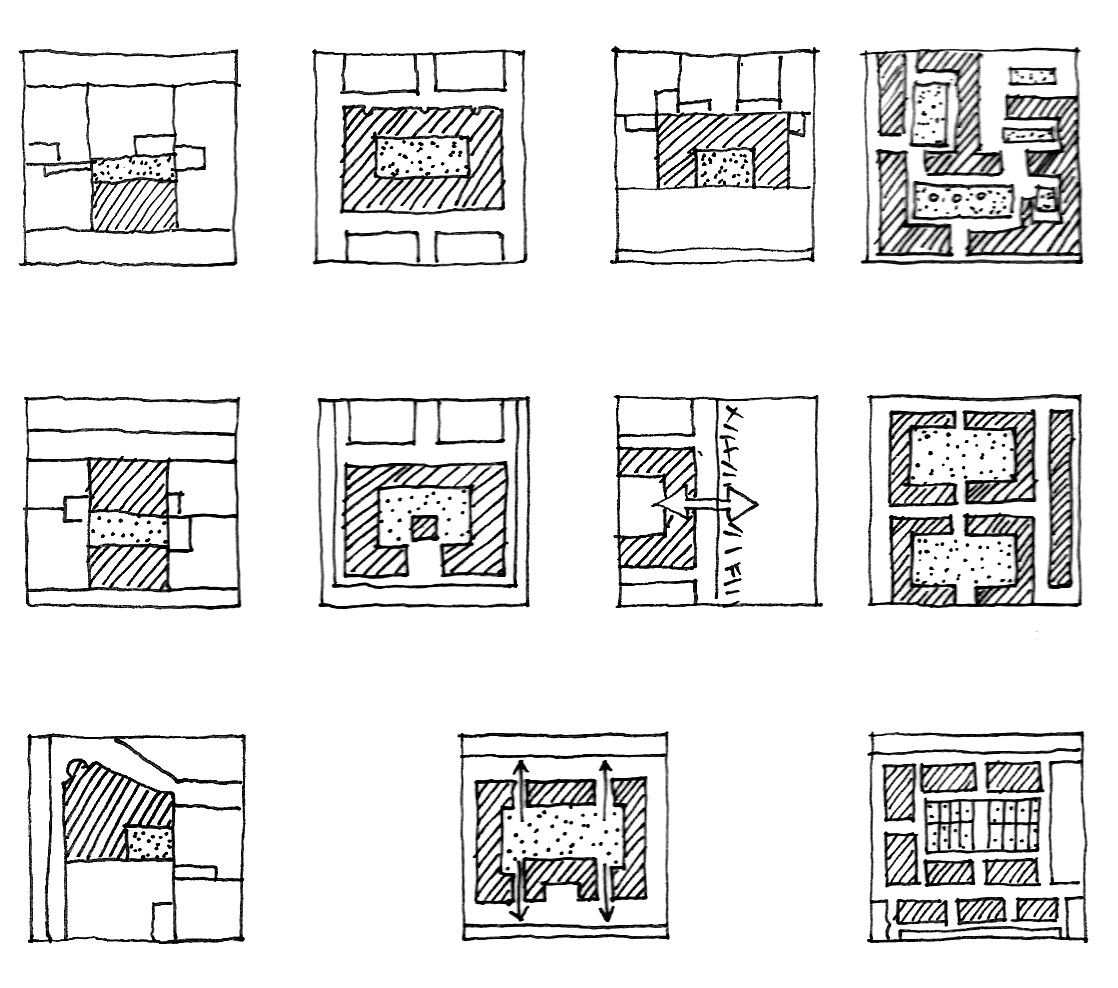
RED VIENNA’S HOUSING_then & now
Case study, lecture, publication NTU Athens
conducted while on an Erasmus semester @TU Vienna
February 2009
>> read here
The research approaches the case of social housing of inter-war, also known as ‘Red’ Vienna.
Through study and examination of the the socio-historical frame and the typology issue, as seen
through specific examples, an overall critique is attempted focusing on the reasons that led to
these typological choices, the way they were implemented on the city fabric and to what extent
they were successful. The study is completed with the current situation and role of these housing
complexes in the city, as seen through the press and the prism of residents and city employees.
The ‘housing issue’ has always been as important as elementary, for the urban expansion of most
cities. The paradigm of ‘Red Vienna’ is an exceptionally interesting experiment, as it can be described
in terms of social and political utopia, which however acted efficiently towards the housing problem.
The Social democratic Party of Vienna managed, in the bosom of a conservative country, to find an
immediate solution to the problem and produced within 15 years, 348 housing complexes and 42
suburban settlements, the majority of which are still inhabited.
The question this lectures attempts to answer is whether these dwellings, that were once designed
addressing to Max Adler’s ‘New Man’, can on the threshold of the 21st century meet the needs,
fulfill the wishes and adjust to the lifestyle of the new inhabitants.
This experiment ended on February 1934; however it is a very unique case among contemporary
social housing projects. Although the CIAM architects wrote at the same time about a basic housing
unit, whose multiplication would produce the whole, in Vienna the dwelling was a fragment of a
varied network, which was actually much more than the simple combination of its parts. By adapting
the typical for the city urban unit of the ‘Hof’, new parts of the same city were produced offering
not only housing, but recreation areas and infrastructure for education and administration.
The choice to base the new planning in a past typology, has been often criticized. However,
the way the new housing complexes were integrated to the city fabric, reinforcing it with open green
spaces, parks and squares and thus high quality public space for everyone, gave Vienna one of the
characteristics that offers life quality to its inhabitants up to the present day.
Sociologically seen, ‘Red Vienna’ set the cornerstone for a welfare state with sensitivity for social
housing.
Although the needs of the inhabitants have changed and the complexes built ever since are
a lot different, the inter-war complexes can still, with a few minor changes, offer to the new living models
that have succeeded the nuclear family model (one-parent families, students e.t.c.) an affordable, sanitary
and qualitative dwelling, within the city boundaries.

Copyright © 2023 All Rights Reserved